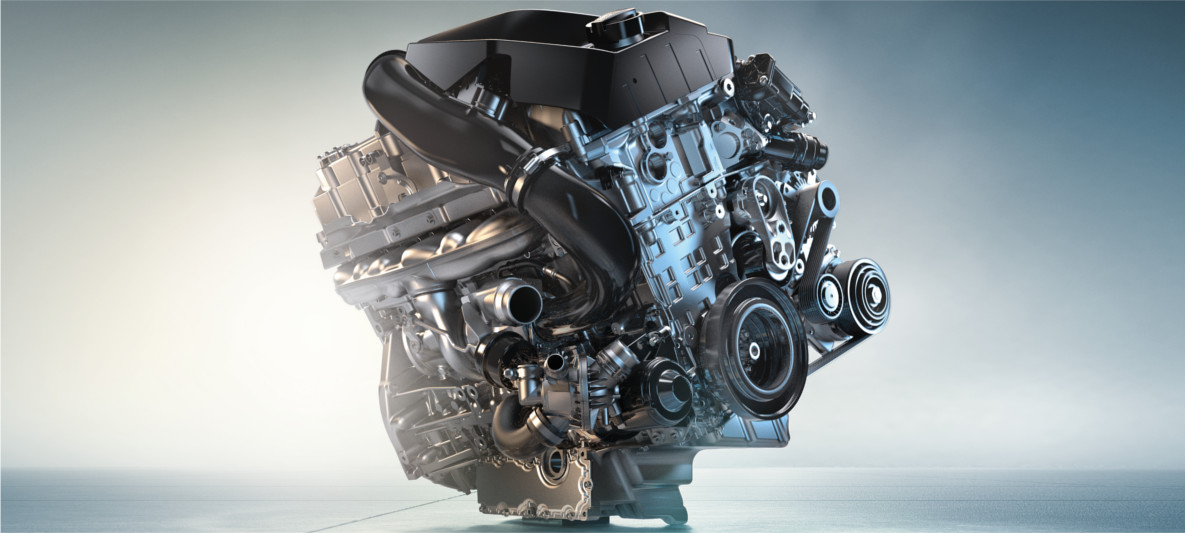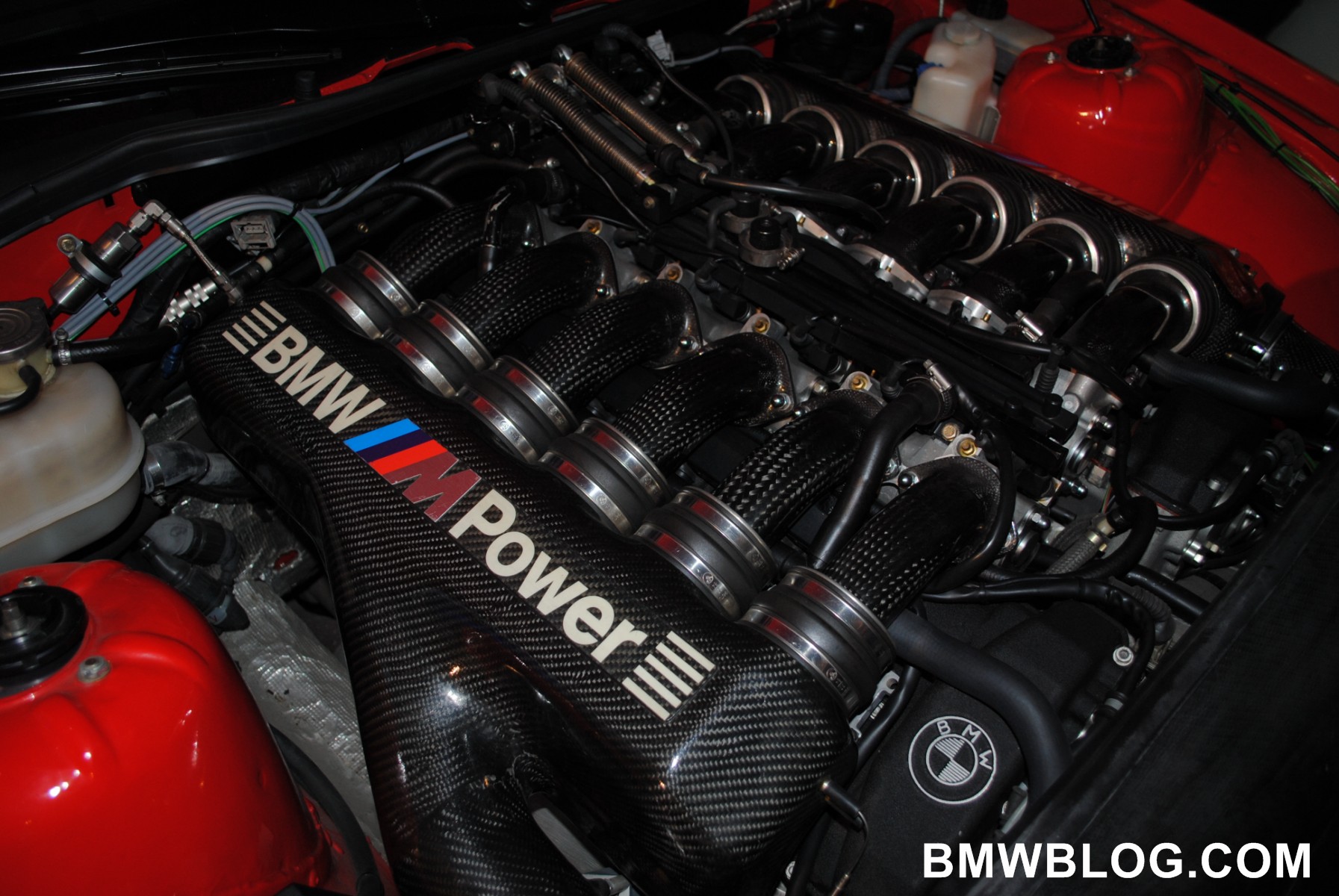Why the BMW Engine Is Considered One of the Best in High-end Vehicles
Why the BMW Engine Is Considered One of the Best in High-end Vehicles
Blog Article
Exploring the Evolution of Combustion Engines in Modern Transport Systems
As we browse the landscape of modern-day transportation, the advancement of combustion engines stands as a testimony to human resourcefulness and engineering expertise. From their modest beginnings to the sophisticated powerhouses propelling vehicles today, combustion engines have gone through an amazing journey of innovation and adaptation. Comprehending the complexities of this evolution not only clarifies the past however also leads the way for imagining what exists in advance in the realm of transport technology. The interplay of background, modern technology, and environmental worries in shaping the trajectory of combustion engines develops a narrative that is both compelling and informative.
Very Early Beginnings of Combustion Engines
Exactly how did the principle of burning engines initial arise in the beginning of transportation growth? When the principles of inner combustion were initial explored, the roots of burning engines can be traced back to the 17th century. In 1673, Christian Huygens conceptualized a fundamental internal burning engine that made use of gunpowder to create power. Nevertheless, it had not been until the late 19th century that useful applications of combustion engines in transportation began to emerge.
The advancement minute featured the innovation of the initial successful gasoline-powered engine by Karl Benz in 1885 - bmw engine. This engine led the way for the development of the modern auto, transforming transportation systems worldwide. Succeeding innovations by Nikolaus Otto and Gottlieb Daimler better refined burning engine technology, bring about the automation of autos and the quick expansion of the transport industry
These early burning engines were identified by their simplicity and performance, laying the foundation for the facility and effective engines used in modern transportation systems. The evolution of combustion engines has actually contributed in forming the method we take a trip and deliver items, noting a significant landmark in the background of transportation development.
Shift to Internal Combustion Innovation
The shift to internal combustion modern technology marked a pivotal shift in the evolution of transportation systems. This shift started in the late 19th century, with creators like Nikolaus Otto and Gottlieb Daimler establishing the initial successful internal combustion engines. These engines revolutionized transportation by using a more effective and effective alternative to vapor engines and electric motors.
Among the essential advantages of internal burning engines was their ability to be reduced to fit into vehicles, bring about the development of autos and motorcycles. This change from large, stationary engines to compact, mobile ones led the means for the modern transport systems we see today.
The shift to internal burning innovation additionally spurred innovations in gas modern technology, bring about the growth of fuel and diesel as primary gas sources for lorries. This shift not only made transportation extra obtainable to the masses however also laid the foundation for the oil and gas industry to become indispensable to worldwide economic climates.
Influence of Combustion Engines on Transportation
The adoption of combustion engines in transport systems militarized an extensive change in the efficiency and rate of worldwide mobility. Burning engines revolutionized transportation by offering a reliable and functional source of power for various lorries, consisting of cars and trucks, vehicles, aircrafts, and ships. This technology dramatically boosted the capability for individuals and goods to relocate over fars away in much shorter time frames, causing enhanced connection between regions and countries.
Additionally, the widespread use burning engines has had a substantial influence on financial growth. The capacity to transfer goods efficiently has spurred profession and commerce, enabling organizations to broaden their markets and reach customers worldwide. This has facilitated economic growth and globalization, as products can now be carried much faster and in bigger quantities than ever in the past.
However, the ecological effect of combustion engines can not be forgotten. The burning of nonrenewable fuel sources has actually brought about air pollution and greenhouse gas discharges, contributing to climate adjustment and posing health dangers to populaces. bmw engine. Consequently, there is a growing focus on establishing alternative propulsion technologies to reduce these negative effects and develop an extra lasting future for transportation
Developments in Combustion Engine Layout
Numerous innovations in burning engine design have actually propelled the evolution of transport systems over the decades. One noteworthy technology is the development of turbocharged engines, which make use of exhaust gases to drive a generator that presses incoming air, permitting more fuel to be charred, causing raised power outcome without a significant boost in engine dimension. In addition, direct injection technology has actually enhanced gas performance and efficiency by specifically managing the quantity and timing of click this gas injected right into the combustion chamber. Variable shutoff timing systems have additionally changed engine design by enhancing air movement at various engine speeds, improving both power and effectiveness. Another substantial innovation is the combination of light-weight materials such as carbon fiber and aluminum alloys, reducing overall engine weight and improving automobile gas economy. Moreover, advancements in computer-aided layout have allowed designers to maximize engine performance and performance through simulations before physical models are constructed, conserving time and resources in the development procedure. These innovations collectively add to the constant enhancement of burning engines in modern transport systems.
Future Patterns in Combustion Engine Advancement
With technology improvements driving continual technology, the future of burning engine growth is poised to reinvent transportation systems globally. One of the essential patterns in combustion engine development is the push towards better effectiveness and lowered discharges. Producers are spending heavily in r & d to boost engine efficiency while satisfying rigid environmental policies. This includes the integration of innovative fuel injection systems, boosted turbocharging methods, and making use of light-weight materials to optimize fuel consumption and lower carbon exhausts.
One more prominent fad is the adoption of hybrid modern technologies in burning engines. Crossbreed engines incorporate conventional burning innovation with electric power, using enhanced gas effectiveness and reduced exhausts. As the automobile industry changes in the direction of electrification, crossbreed combustion engines are viewed as a transitional service that connects the space between standard cars and fully electric ones.
Moreover, the combination of wise modern technologies, such visit as expert system and information analytics, is anticipated to play a significant function in the future of combustion engine development. These modern technologies can enhance engine performance in real-time, leading to a lot more reliable burning procedures and boosted general vehicle efficiency. Accepting these future trends will not only drive innovation in burning engine advancement but likewise add to a much more sustainable and eco-friendly transportation community.

Conclusion
In final thought, the advancement of combustion engines in modern transport systems has actually been noted by significant advancements in modern technology and design. From the early beginnings of burning engines to the transition to inner burning innovation, these engines have actually had an extensive effect on transport.
The origins of combustion engines can be traced back to the 17th century when the concepts of interior burning were very first checked out. These engines reinvented transport by supplying an extra powerful and efficient option to steam engines and electrical motors.

Report this page